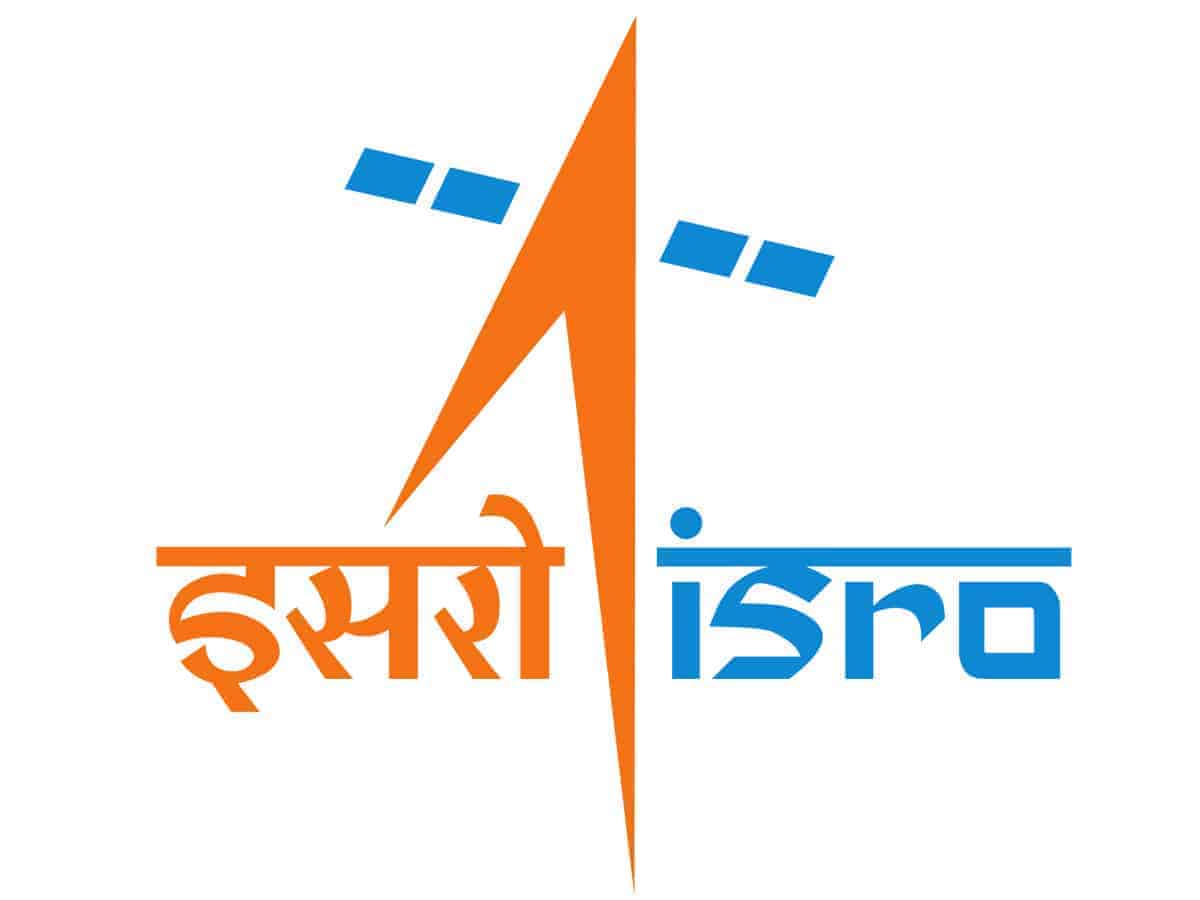
India is all set to launch the heaviest payload of 36 satellites on Diwali eve and make a strong pitch for the global, multimillion dollar commercial services market. The Indian Space Research Organisation (ISRO) has deployed its heaviest rocket—the GSLV MK III to signal it’s entry.
The launch is scheduled between the midnight of October 22 and early hours of Oct 23 from the Satish Dhawan Spaceport in SHAR, Sriharikota, Andhra Pradesh. It will carry the 36 broadband satellites with a cumulative weight of over 5 tonnes belonging to the British startup, OneWeb and place them in the Low Earth Orbit ( LEO).
According to the NewSpace India Limited (NSIL), the commercial arm of the ISRO, the launch will be a historic milestone as the GSLV MK III (Geosynchronous Satellite Launch Vehicle) will be making its maiden attempt into the global commercial launch service market.
The GSLV-MK III also referred to as Launch Vehicle Mark 3 (LVM3) for the present launch is 43.5 metre high and 4 metre in diameter, capable of lifting off with 640 tonnes payload. It is a three-stage vehicle with two solid motor strap-on, a liquid propellant core stage and a cryogenic stage.
The rocket is capable of launching the four-tonne class of satellites into the Geosynchronous Transfer orbit (GTO) which is 35,786 km above the Equator. With four successful test launches so far, it is expected to be India’s best bet to win a good share of the lucrative commercial launch market of higher payloads in the near future.
In the present launch, the rocket will be placing the 36 satellites of OneWeb into the LEO orbit about 1200 km. The Polar Satellite Launch Vehicle (PSLV), the ISRO’s trusted ‘workhorse’ has been a big success in its nearly 50 launches so far. It is a preferred commercial launcher for small satellites in the LEO space.
Unlike, most of the earlier launches of ISRO, which had a combination of Indian and international payloads, especially through its PSLV rocket the Saturday-Sunday launch will be an exclusive, commercial mission for a single private customer.
The NSIL, established as a central public sector enterprise under the Department of Space signed two launch service contracts in October 2021 with Network Access Associated Limited (One Web), UK to launch LEO broadband communication satellites. India’s Bharti Enterprises is a major investor and shareholder in the company.
OneWeb is a global communications network, powered from space, enabling connectivity for governments, businesses, and communities. It is implementing a constellation of Low Earth Orbit satellites to provide a range of communication services via broadband.
The launch will mark OneWeb’s 14th and will bring its constellation to 462 satellites, more than 70% of the number required for it to reach global coverage.
Earlier, Bharti Enterprises had announced a distribution partnership with Hughes Communications India Private Ltd. (HCIPL). The OneWeb constellation will help connect towns, villages and local and regional municipalities in the remotest areas to provide communication linkages and thereby bridge the digital divide in the Indian context.
The GSLV MK III story
The GSLV rocket development programme of the ISRO has been quite chequered over the last 25 years. The development of the cryogenic stage and the indigenous engine Vikas going through tough phases of technology denials from the US and supply of knock down stages by Russia.
In 2001, the first success of the GSLV was achieved. The MK III version, first approved in 2002 was developed and tested in 2014. Since then, all it’s four flights have been successful. One of them-Chandrayaan 2 in 2019 carried the space capsule recovery experiment (CARE). It was a partial success as Vikram, the Moon lander crashed.
It will be the crucial factor in India’s, Rs 10,000 cr Gaganyaan ( Human spaceflight programme) programme that will be the first crew mission and place humans in space in the next few years. Though delayed from its 2022 target, Gaganyaan has made progress in some technologies and training of the cosmonauts in Russia.
The ISRO scientists and engineers are working to develop a reusable version of the GSLV MK III and thus save huge money. At present each launcher costs a minimum of around Rs 400 crore. The objective is to develop technologies that will enable it to land the launch vehicles vertically after completing its objectives on the lines of what Space X of Elon Musk is doing. In the bargain it will recover the first and second stages also. Some technologies have been developed and in a year from now a demonstrator should be ready, say ISRO officials.
Once the reusability is demonstrated and the success rate increased India through the GSLV MK III and the PSLV emerge as a significant player in the LEO and the GTO orbits for commercial launches in the future, bring both cost effective and efficient compared to competitors, which include US, Russia, China, Space X, Arianespace etc.



